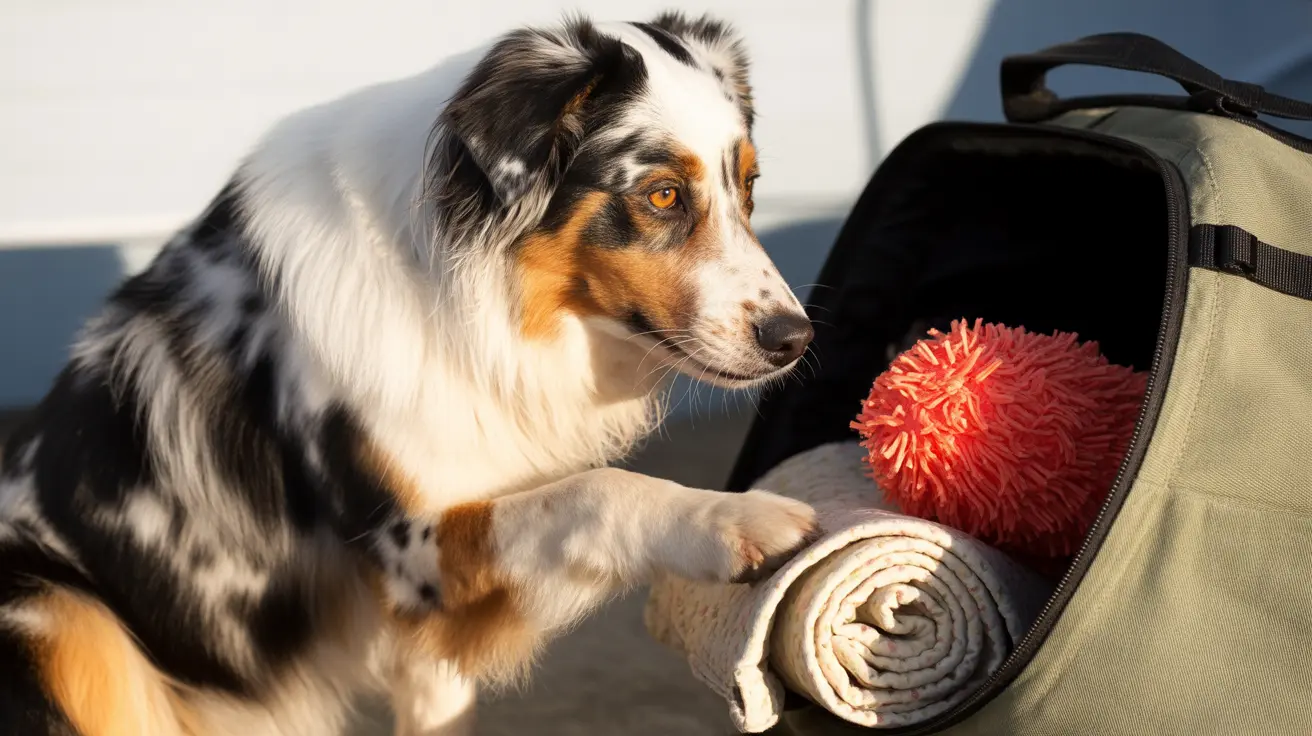What Prevents Flea Eggs from Hatching: Key Insights for Pet Owners
Understanding the flea life cycle is essential in effectively managing infestations, particularly the egg stage. Flea eggs are the first and highly resilient step in the flea’s development. They are tiny, oval-shaped, and notoriously difficult to detect. Despite their size, they play a pivotal role in perpetuating flea populations. So, what specifically keeps flea eggs from hatching?
The Role of Environmental Conditions
The hatching of flea eggs is highly dependent on environmental factors such as temperature and humidity. Optimal conditions — usually between 70-85°F (21-29°C) with at least 50% humidity — support rapid development. Here’s how these conditions influence the hatch rate:
- Temperature: Colder environments slow down or entirely halt the hatching process.
- Humidity: Low moisture levels cause the eggs to dry out and prevent larvae from emerging.
In suboptimal conditions, flea eggs can enter a state of dormancy and remain unhatched for extended periods, awaiting better environmental cues.
Insect Growth Regulators (IGRs)
Another effective way to prevent flea eggs from hatching is through the use of Insect Growth Regulators. These chemical agents mimic natural hormones in the flea’s body and interfere with development.
- Function: IGRs prevent eggs from developing into larvae and halt the metamorphosis of juvenile fleas.
- Forms: Often included in flea-preventive drops, sprays, and environmental treatments.
Products containing IGRs are particularly effective when used in tandem with adulticide treatments on pets and targeted cleaning of the home.
Sanitation and Cleaning Routines
A clean environment disrupts the lifecycle by physically removing eggs before they hatch. Key steps include:
- Vacuuming: Regular vacuuming of carpets, rugs, furniture, and especially cracks and baseboards helps extract flea eggs.
- Hot Water Washing: Washing pet and human bedding at high temperatures (above 95°F or 60°C) can destroy flea eggs on fabric surfaces.
- Steam Cleaning: Provides deep sanitation, killing flea eggs nestled deep in carpet fibers or upholstery.
Frequent and thorough cleaning — daily in serious infestations — helps dry out the habitat and mechanically removes or kills flea eggs.
Pupae vs Egg Dormancy
Though similar in resilience, it is important to note that flea eggs differ from pupae:
- Flea Eggs: Require warmth and humidity; less durable than pupae.
- Pupae (Cocoons): Can stay dormant for months and emerge when triggered by vibrations, heat, or carbon dioxide.
This distinction is critical, as many mistakenly focus only on adult fleas, underestimating the threat posed by eggs and pupae hiding in the environment.
Natural Methods to Limit Hatching
Several natural remedies can create an inhospitable environment for flea eggs:
- Diatomaceous Earth: A fine powder that dehydrates and kills eggs and larvae on contact — non-toxic when food-grade, but should not be inhaled by pets or humans.
- Salt: Finely ground salt can dehydrate flea eggs in carpets. However, it should be used cautiously around pets due to possible irritation.
- Essential Oils: Some, like cedarwood and neem oil, may repel fleas and decrease egg viability, although they must be used with great care due to potential pet toxicity.
Prevention Is Critical
Prevention remains the best strategy for keeping flea eggs from hatching and maturing:
- Consistent Use of Preventives: Monthly treatments keep infestations at bay and contain IGRs to stop flea development.
- Regular Grooming: Brushing and combing pets can remove flea dirt and eggs before they settle in your environment.
- Continuous Cleaning: Even after apparent eradication, maintaining a rigorous cleaning schedule prevents resurgence.
Conclusion
The key to stopping flea eggs from hatching lies in a multifunctional approach. By controlling environmental factors, using scientifically proven products like IGRs, maintaining high hygiene standards, and staying consistent with prevention, pet owners can effectively disrupt the flea life cycle. Addressing all stages — from eggs to adults — ensures long-lasting protection for pets and households alike.





